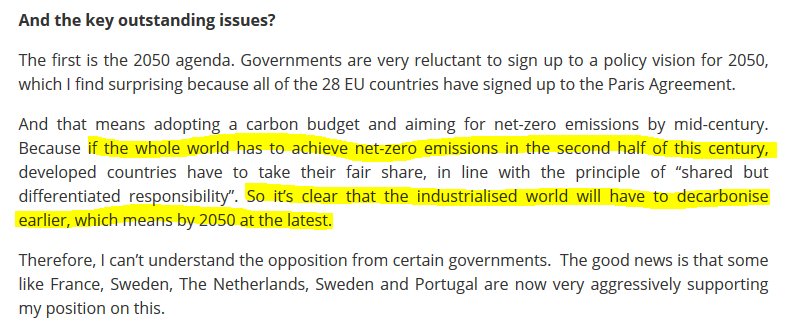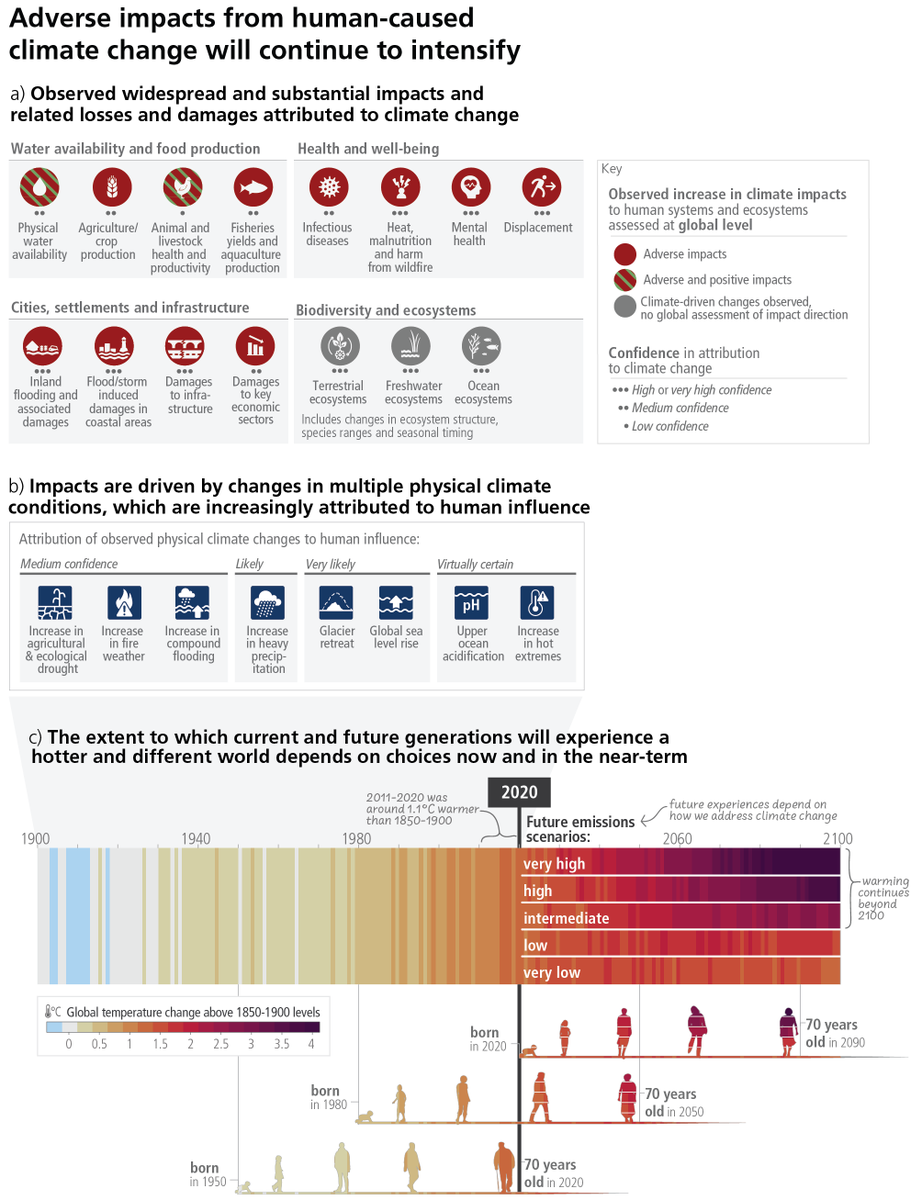(1) Interview with @ClaudeTurmes contains some questionable remarks on possible new EU "net zero by 2050" target
Of course, CBDR applies, but if #ParisAgreement says "in the second half of the century" there are still many possible pathways for EU
#EU2030
euractiv.com/section/climat…
Of course, CBDR applies, but if #ParisAgreement says "in the second half of the century" there are still many possible pathways for EU
#EU2030
euractiv.com/section/climat…

(2) According to @ClaudeTurmes, you are in Donald Trump's camp if you'd opt for an EU #climate target like "net zero by 2055". (currently: 80-95% by 2050)
That's an interesting negotiation strategy for the trilogue on EU #EnergyUnion governance
euractiv.com/section/climat…
#EU2030
That's an interesting negotiation strategy for the trilogue on EU #EnergyUnion governance
euractiv.com/section/climat…
#EU2030

(3) Left column: some of "net zero"-related amendments the @Europarl_EN wants to see
Right column: latest @EUCouncil compromise proposal. Member States' language on headline targets simply refers to #ParisAgreement, w/o CBDR considerations for EU
data.consilium.europa.eu/doc/document/S… #EU2030
Right column: latest @EUCouncil compromise proposal. Member States' language on headline targets simply refers to #ParisAgreement, w/o CBDR considerations for EU
data.consilium.europa.eu/doc/document/S… #EU2030
(4) Of course EU should adopt a net-zero target, would make it's climate policy more progressive & more pragmatic energypost.eu/the-world-shou…
But not very realistic to expect Member States to agree on new target in legislative procedure under QMV, that's done in #EUCO by MS consensus
But not very realistic to expect Member States to agree on new target in legislative procedure under QMV, that's done in #EUCO by MS consensus
• • •
Missing some Tweet in this thread? You can try to
force a refresh
















